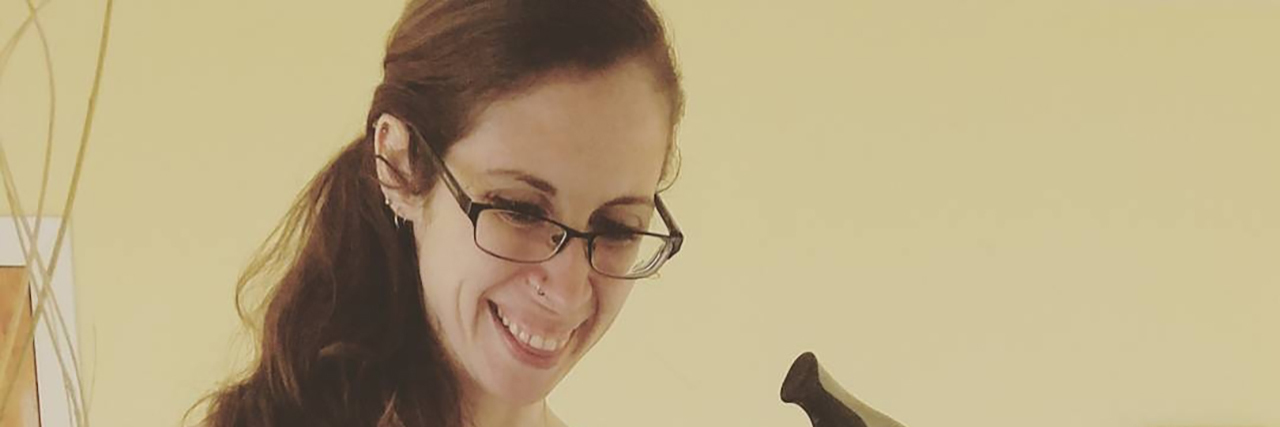This is a short four minute (well, three-and-a-half minute) talk I gave about my disability rights/accessibility work at last night’s Rise Up Mystic meeting.
Hey there, my name is Farrah. I’m a local business owner, and Ph.D./Med student, and I’m here tonight to say a few words about my particular brand of activism.
I am a disability rights and accessibility advocate, activist and educator. Disabled people like me constitute 20 percent of the populace. That’s one in five people, or 57 million Americans. That makes us the largest minority in the nation by a wide margin. But we have some of the poorest representation.
We aren’t a trending hashtag on Twitter, you’re not likely to see much about disability rights on your Facebook timeline, and very rarely are our concerns covered by major news outlets such as the New York Times or Washington Post. More often than not, we are forgotten in conversations about minorities and marginalized people, even when intersectionality is central to the conversation. An alarming number of people don’t even consider disability issues to be an actual issue.
I think this is partly because people have a bad idea of what disability “looks like,” but also because I suspect the idea of disability makes people feel uncomfortable. Well I am here tonight to tell you that disability is beautiful. That it’s a broad brush. And your comfort doesn’t actually outweigh human rights.
Every week in this great country of ours a disabled person is murdered by their caregiver. Forty percent of all police violence is directed towards people with disabilities. We still don’t actually have marriage equality or employment equality. Protocol dictates that we are abandoned during disasters. Accessibility is basically a joke, with only around 1 percent of housing in the U.S. being wheelchair accessible, and, even if you look at forward-thinking, diverse, bustling metropolises like New York City, only 18 percent of their subway stops are accessible by anything other than a long, steep set of stairs. Accessibility, especially in old, albeit beautiful areas like New England, is abysmal. And at some point, if you boil it all down, inaccessibility becomes discrimination. The Americans With Disabilities Act is simultaneously insufficient and constantly under attack.
That’s where I come in. I utilize online, print, and in person outlets to educate people about disability issues, and consistently push for the expansion and protection of solid, evidence-based policy and legislature to protect and care for people with disabilities.
I also do a lot of work locally, focusing specifically on accessibility. I run a program called #AccessibilityPSA which allows me to work with architects, contractors, designers, attorneys, lawmakers, business owners, and disabled folks to help identify accessibility issues and come up with creative solutions to help make our community truly accessible and inclusive.
If you have questions, want to know more, or are interested in getting involved, please follow/reach out to #AccessibilityPSA on Facebook.
This story originally appeared on WorkShark.

